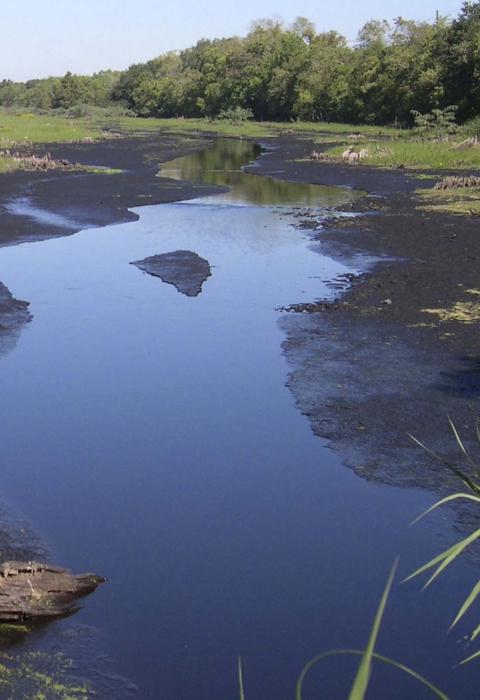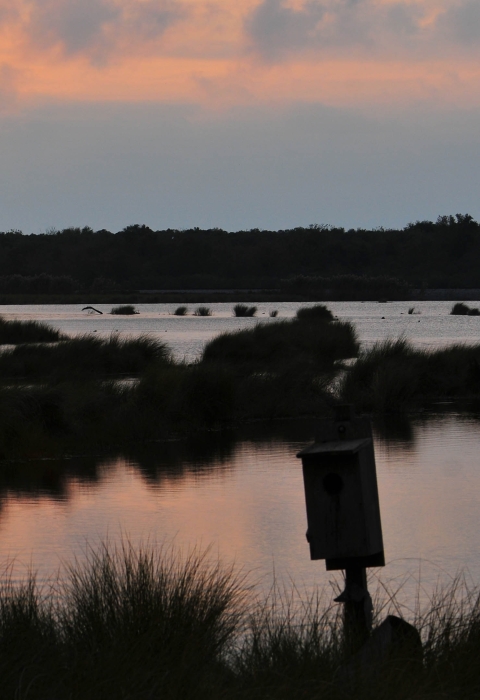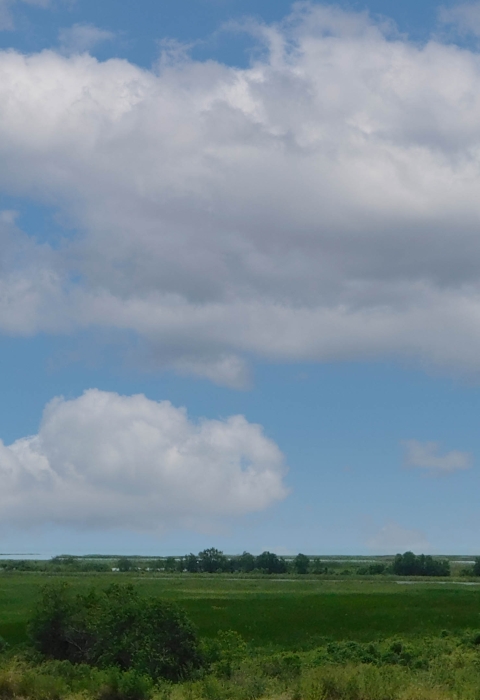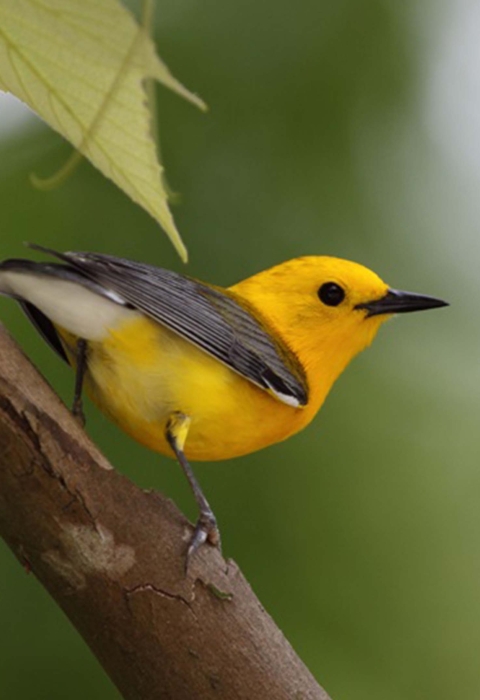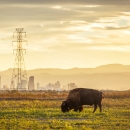Visit Us
Bayou Sauvage Urban National Wildlife Refuge is rich in wildlife and in recreation opportunities. It is a popular place to enjoy fishing, crabbing, hiking, paddling, bird watching, nature photography, youth waterfowl hunting, self-guided tours, and interpretive and educational programs.
Location and Contact Information
About Us
Bayou Sauvage Urban National Wildlife Refuge, established in 1990, contains a variety of wildlife habitats, including patches of bottomland hardwood forest; freshwater, brackish and estuarine tidal marshes; lagoons; canals; and natural bayous. The refuge derives its name from the Bayou Sauvage waterway, pronounced “Bye-you So vage” which means “Wild Bayou.” The Bayou Sauvage waterway was once the primary east/west route into and out of the City of New Orleans.
What We Do
Refuge staff use a variety of resource management techniques to maintain, recover or enhance plants and wildlife and the habitats they rely on. Prescribed burning, water management, mowing, using biological control to reduce invasive species invasive species
An invasive species is any plant or animal that has spread or been introduced into a new area where they are, or could, cause harm to the environment, economy, or human, animal, or plant health. Their unwelcome presence can destroy ecosystems and cost millions of dollars.
Learn more about invasive species , and marsh grass and tree planting are a few ways we help native plants and wildlife to thrive on the refuge. One of the key objectives of the refuge is to provide opportunities for fish and wildlife-dependent public uses and recreation in an urban setting. The refuge also helps protect east New Orleans from hurricane storm surge.
Our Organization
The refuge, located within the city of New Orleans, offers opportunities to connect with nature and experience wildlife. The Urban Wildlife Refuge Program at Bayou Sauvage reaches beyond refuge boundaries and into communities to help them to experience and enjoy these public lands and the wildlife that lives there. The refuge is part of the Urban Bird Treaty Program and is managed to enhance the populations of migratory, shore, and wading birds within the refuge.
Our Species
Refuge habitats include emergent marsh, both tidally influenced and impounded by levees; old natural levee ridges with oak and mixed hardwood forest; spoil banks; canals; bayous; and shallow open water lakes. These habitats support a diversity of terrestrial and aquatic plants and wildlife. The freshwater lagoons, bayous and lakes produce largemouth bass, crappie, bluegill, catfish, and crawfish. The marshes along Lakes Pontchartrain and Borgne serve as estuarine nurseries for fish and crabs. Bayou Sauvage's marshes and waterways provide food and shelter for over 340 species of birds. From pelicans to phalaropes, buntings to buffleheads, there are always birds to see and hear on the refuge. Watch for alligators along the waterways, but be sure to keep a respectful and safe distance. Feeding wildlife is prohibited, it is unhealthy for the animals and is unsafe for visitors.
Projects and Research
Restoration of the Ridge project: This post-Hurricane Katrina project aims to restore a mixed hardwood forest which suffered extensive damage due to saltwater and wind. Since 2005, local schoolchildren and community volunteers have been planting trees and removing invasive species invasive species
An invasive species is any plant or animal that has spread or been introduced into a new area where they are, or could, cause harm to the environment, economy, or human, animal, or plant health. Their unwelcome presence can destroy ecosystems and cost millions of dollars.
Learn more about invasive species at this site. An interpretive boardwalk trail explores this area.
